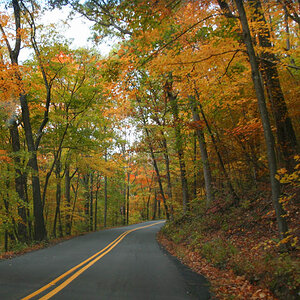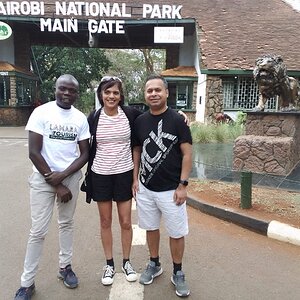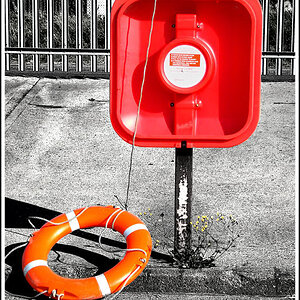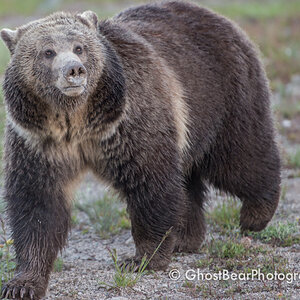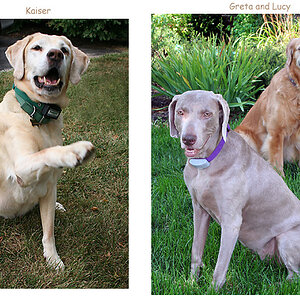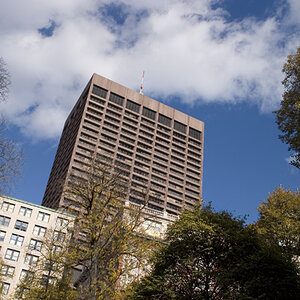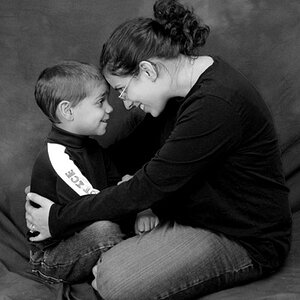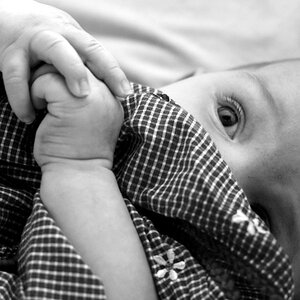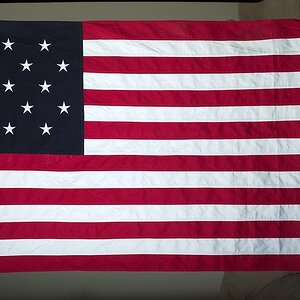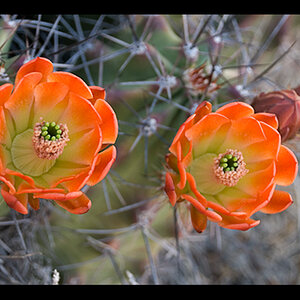ElNico
TPF Noob!
- Joined
- Aug 10, 2017
- Messages
- 109
- Reaction score
- 8
- Can others edit my Photos
- Photos OK to edit
This is one of a number of shoots I did in mid to late summer last year. You could consider them as my second "batch" of self-directed shoots, after getting feedback on the shoots I posted here last year and getting some rudimentary lighting equipment.
These were taken in the model's apartment after sundown, using two reverse-umbrella lamps and, when I needed a third light source, a reflector. This was my first and so far only time setting up artificial lighting myself.
I realize this is one more than the recommended number of photos to show at once; as there were three outfits, I felt it was appropriate to include two photos from each. I tried to include ones that I liked in different ways. No one person need comment on all of them, if you feel this is too many.
The main specific question I have about these photos is whether #2 is over-lit. If so, I think I could improve it by decreasing the highlights and/or exposure, but I'm not sure whether it's necessary or not; I've definitely been noticing a trend that the majority of photos I take want to be brighter than I thought they did, so for all I know, this could be the only photo of mine that's lit enough. #2 is the only one of these that I haven't yet edited for exposure/contrast/ect, since I want to see what people think of it first.
(Also, yes, I'm aware of the cushions in the background. I indeed need to get better at spotting things like that when taking a photo.)
To a lesser extent, I'm interested in whether my attempts at cropping #6 have worked out. Does it feel too close, and is her rear arm distracting? It ended up looking smaller than her front arm (I believe due to shooting too close) but I really like the pose otherwise, so I tried to crop the arm out as best I could. If the arm is still a significant problem, do you think anything can be done about it? (I can show the uncropped image if needed.)
In an earlier thread where I posted some photos with this model, it was observed that her chest appeared lit more strongly than her face; among these photos, this can be seen most notably in #5. Looking at all of the photos I have of her, I'm fairly sure that her skin is actually darker on her face, perhaps due to a difference in tan. In this shoot especially, I'm pretty sure that the lighting is too broad to create that much of a difference between her chest and face. (Edit - I mention this because before people thought I was directing the light towards her chest rather than her face. I'm not suggesting that this can't be dealt with.)
Feedback very much appreciated! Thanks very much!
#1

DSC02601 (2) (ExpP20) by El Nico, on Flickr
#2

DSC02629 (bsf wspf crp slf) by El Nico, on Flickr
#3

DSC02663 Bq (crp) (tf) (CntP15 ExpP30) by El Nico, on Flickr
#4

DSC02687 (3) (s4 wp sa) (CntP20 ExpP30) by El Nico, on Flickr
#5

DSC02802 Bq (3) (CntP20 ExpP30) by El Nico, on Flickr
#6

DSC02833 (7) (CntP20 ExpP30) by El Nico, on Flickr
These were taken in the model's apartment after sundown, using two reverse-umbrella lamps and, when I needed a third light source, a reflector. This was my first and so far only time setting up artificial lighting myself.
I realize this is one more than the recommended number of photos to show at once; as there were three outfits, I felt it was appropriate to include two photos from each. I tried to include ones that I liked in different ways. No one person need comment on all of them, if you feel this is too many.
The main specific question I have about these photos is whether #2 is over-lit. If so, I think I could improve it by decreasing the highlights and/or exposure, but I'm not sure whether it's necessary or not; I've definitely been noticing a trend that the majority of photos I take want to be brighter than I thought they did, so for all I know, this could be the only photo of mine that's lit enough. #2 is the only one of these that I haven't yet edited for exposure/contrast/ect, since I want to see what people think of it first.
(Also, yes, I'm aware of the cushions in the background. I indeed need to get better at spotting things like that when taking a photo.)
To a lesser extent, I'm interested in whether my attempts at cropping #6 have worked out. Does it feel too close, and is her rear arm distracting? It ended up looking smaller than her front arm (I believe due to shooting too close) but I really like the pose otherwise, so I tried to crop the arm out as best I could. If the arm is still a significant problem, do you think anything can be done about it? (I can show the uncropped image if needed.)
In an earlier thread where I posted some photos with this model, it was observed that her chest appeared lit more strongly than her face; among these photos, this can be seen most notably in #5. Looking at all of the photos I have of her, I'm fairly sure that her skin is actually darker on her face, perhaps due to a difference in tan. In this shoot especially, I'm pretty sure that the lighting is too broad to create that much of a difference between her chest and face. (Edit - I mention this because before people thought I was directing the light towards her chest rather than her face. I'm not suggesting that this can't be dealt with.)
Feedback very much appreciated! Thanks very much!
#1

DSC02601 (2) (ExpP20) by El Nico, on Flickr
#2

DSC02629 (bsf wspf crp slf) by El Nico, on Flickr
#3

DSC02663 Bq (crp) (tf) (CntP15 ExpP30) by El Nico, on Flickr
#4

DSC02687 (3) (s4 wp sa) (CntP20 ExpP30) by El Nico, on Flickr
#5

DSC02802 Bq (3) (CntP20 ExpP30) by El Nico, on Flickr
#6

DSC02833 (7) (CntP20 ExpP30) by El Nico, on Flickr
Last edited:


